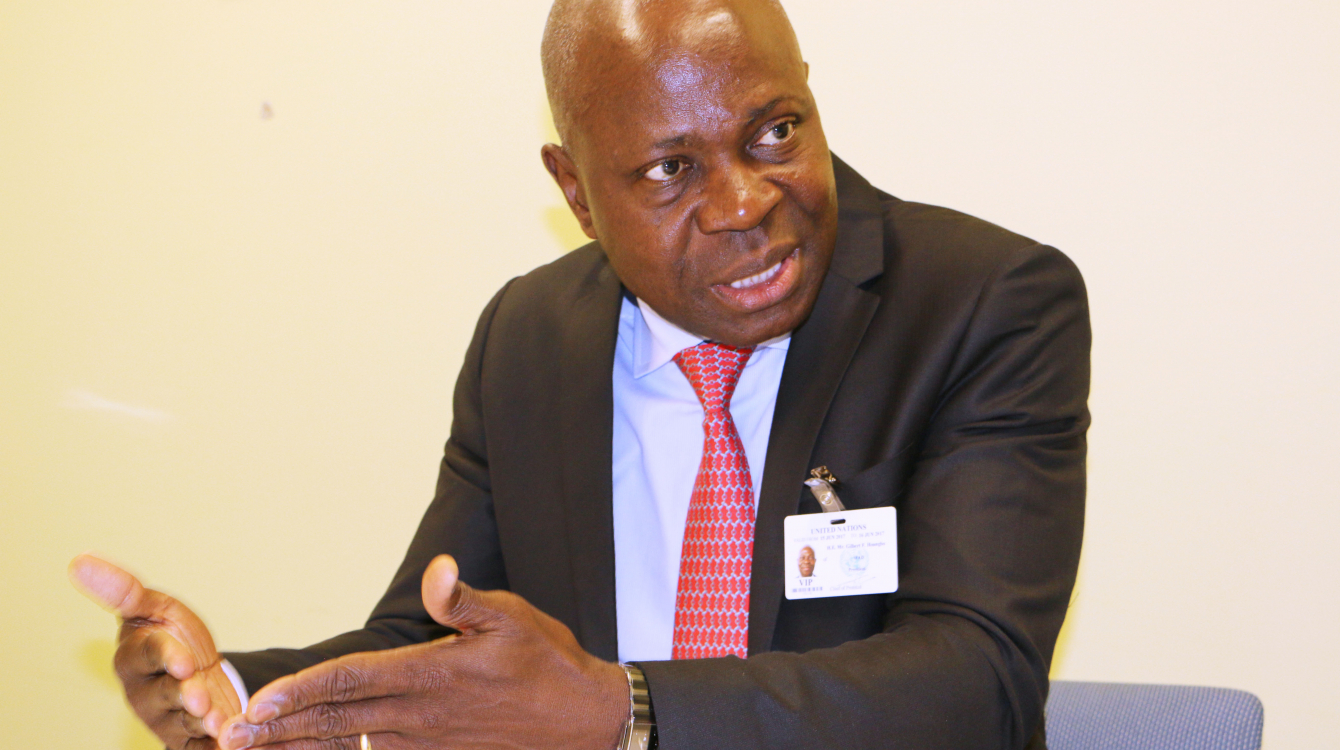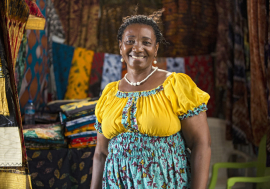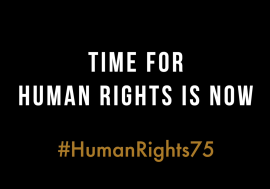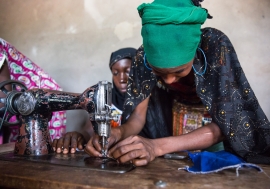Increased remittances will have greater impact on development
Increased remittances will have greater impact on development
Africa Renewal: Global remittances increased 51% over the last decade. Yet you are saying that those numbers do not tell the whole story. Why?
Gilbert Houngbo: I believe we are expecting $454 billion of transfers in 2017, but what is important is not the 50% to 51% growth of today. The point is not to look at remittances only in terms of billions of dollars, but in terms of the impact the billions of dollars are having daily on the lives of the recipients. The billions of dollars transferred are more than the amount of FDI [foreign direct investment] and ODA [official development assistance] in most of the countries. So, we should stop seeing it as just a money transfer. It is a real contribution to development.
But don’t bigger amounts mean bigger impacts? Shouldn’t robust growth matter?
Of course, it does. We want to keep it growing, but let us not make the mistake of keeping it growing just for the sake of it. Let us not sit back and say, “So much is being transferred, hence the work is done.” The end result has to be the impact and not the input. There must be an impact on development.
So far, remittances are for helping families back home send their children to school, pay for health care and buy food. What else can this money do?
Financing a small solar energy system would give a brother or sister some income-generating activity. In rural communities, that money could help the young man or woman rent a tractor, so he or she could go and work on a farm. That money would not just help an individual but would enrich the community. Farmers’ associations could get a small, cheap or basic irrigation system that would allow them to be less dependent on subsistence agriculture.
We are expecting $454 billion of transfers in 2017, but what is important is not to look at remittances only in terms of billions of dollars, but in terms of the impact the billions of dollars are having daily on the life of the recipients.
How then do we make the impact of remittances felt at the community or national level, and not just on the level of family?
Of course, we don’t have a solution that fixes all, let us be clear on that, but there are several options. If the transfers are to remain at the family level, I don’t think there are a lot of things they can change.
However, we have started working in several receiving countries on what we call “the village savings and loan associations”. Members of these associations will pool their savings together and then lend them back to finance productive activities in their communities.
At the national level, one of the challenges that we still have is the cost of transfers. While it has decreased from 10% to 7.5%, our report estimates that if it goes further down to 3%, this will amount to about $20 or $40 billion that can be released back to beneficiaries. Governments can also help by trying to see how they can reduce the overall cost of transfers.
Your report says that remittances don’t impact only the receiving countries but also the global economic and political landscape. How?
First, we note that 85% of a migrant’s earnings are spent in the countries where they live, as they do not qualify for the social security of the host country. Second, we must also recognize that when $500 billion is flowing to developing countries, that constitutes a major contribution to what I call “global financing for development.”
This report is the most comprehensive over the last decade. What do you want to do with its findings? What is next for IFAD?
First, we want to make the case that migrants should not be considered a source of problems in host countries. In fact, they are positively impacting other peoples’ lives. It is not just a matter of billions of dollars, it is also a matter of billions of lives. Secondly, it is necessary to continue advocating for the reduction of money transfer costs. Thirdly, we would like to work with the receiving countries to move away from overconsumption patterns into a more productive use of their remittances.


























